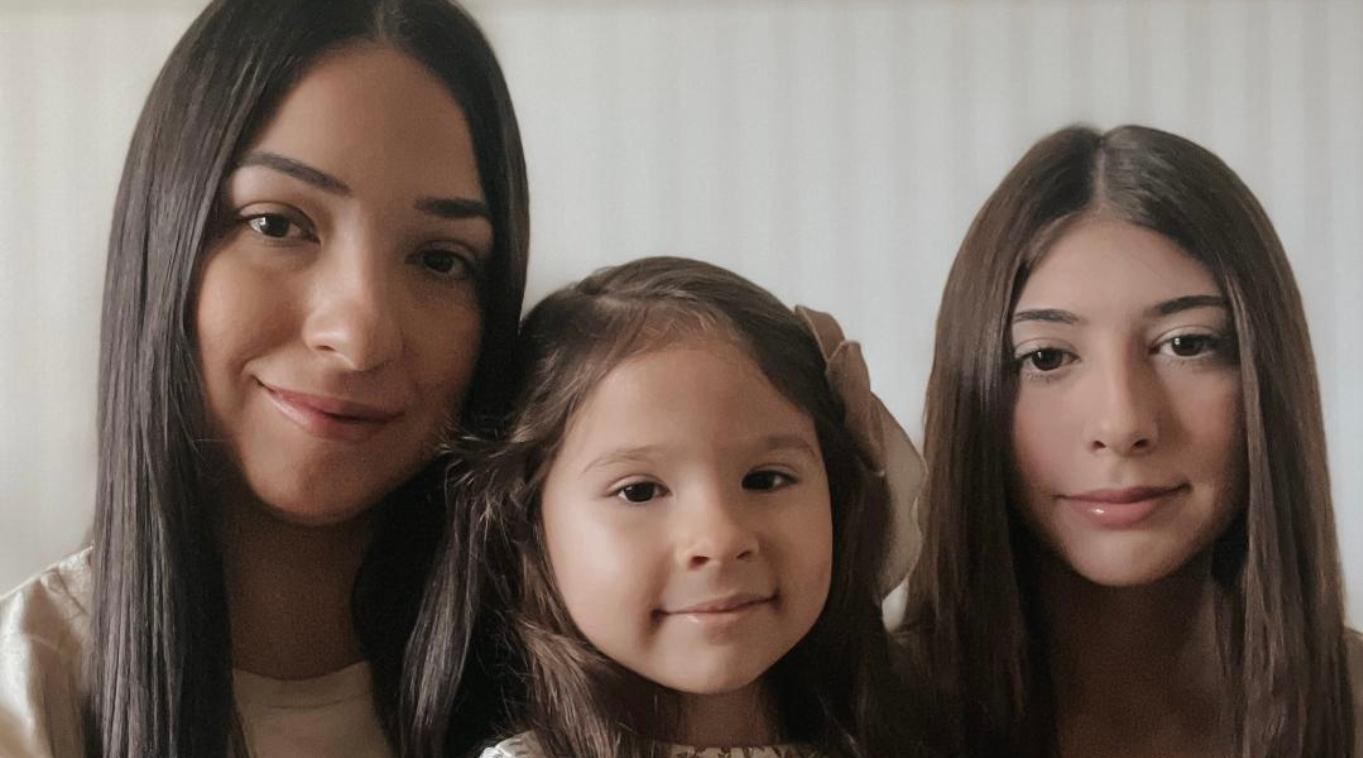You've probably heard us talk alll about how our best-selling Spell-Well name puzzles are not only sustainably made (like all our products) and are adorably customizable, BUT they also are a great aid in helping your little one learn their name.
These 10 tips can help guide and inspire valuable teaching moments, while also keeping things fun and exciting.
Let's get started!
1. Purchase a name puzzle.
An obvious first step, I know. But an important one, nonetheless. And while *technically* any name puzzle will do, we are quite partial to our own.
The sturdy walnut base and smooth maple letters are simple, timeless and make the perfect gift. We also offer extra personalization touches with the addition of a shape and/or back message.
We create each puzzle one at a time in our family's Minnesota red barn wood shop. And like all our toys, they are finished with our organic oil/beeswax blend.
Here are a few additional specs: letters are 2.75" tall x 0.25" thick and bases are 4" tall x 0.5" thick and 8"-23" in length.
If you're looking for a start-to-finish guide of exactly how we make our puzzles, here is a full breakdown.
2. Start with simple names.
If possible, choose a name puzzle that has your child's name in uppercase or lowercase letters, depending on what they are more familiar with.
Our name puzzles come in all uppercase letters that will help with cementing letter recognition.
It's also usually easier to start with just their first name, before introducing a middle name, last name or nickname, especially if they are new to learning letters.
3. Introduce the puzzle.
Present the name puzzle to your child and explain that it's a special puzzle with their name and their letters on it.
Make it exciting and engaging.
Practice putting each of the letters into the correct space with them and explain that this puzzle is unique and one-of-a-kind because each letter helps spell their name.
4. Repetition.
Repetition is key to learning. Begin by saying their name aloud and pointing to the letters as you say them. For example, if the child's name is "Katie," say, "K-A-T-I-E, Katie."
And yes, mama, you'll probably get tired of doing this 168165859 times a day, but each time you do, they are becoming more and more familiar with each letter, sound and shape. You got this!
5. Hands-On Learning.
Encourage your child to touch and hold the puzzle pieces. Let them explore the shape and feel of the letters. You can say things like, "This is the letter 'K,' and it's the first letter in your name, Katie."
6. Visual and Auditory Learning.
Combine visual and auditory cues. Point to each letter as you say the name. You can use your finger to trace the letters while saying the corresponding sounds.
This helps little ones not only start to recognize what each letter looks like, but also what each one feels like, which will be helpful down the road when they start to write their own names.
7. Involve Play.
Make. It. Fun.
The fastest way to win over a toddler? Turn it into a game or play activity. They'll be having so much fun, they won't even realize how much they're actually learning in the process too.
Ask your child to find a specific letter in their name puzzle, like "Can you find the letter 'T'?"
Or tell them you'll time them to see how quickly they can complete the puzzle after scrambling the letters up.
Once they have successfully completed the challenge, make sure their job-well-done is recognized and rewarded. (see next).
8. Reward Efforts.
Praise and reward your child's accomplishment.
Positive reinforcement is very motivating. When they successfully complete their name puzzle or recognize the letters, offer praise and perhaps a small reward like a sticker or simple treat.
Even a "great job" or "I'm so proud of you" can go a long way in building confidence and excitement.
9. Use the Puzzle as a Reference.
As your child becomes more familiar with the puzzle and their name, use it as a reference in everyday life.
For example, if you have alphabet magnets on your fridge, point out the letters in their name.
Or as you're grocery shopping, point out various food or items that begin with the letters in their name.
Name puzzles are not only great for learning names, they also help set the foundation for understanding letters, sounds and syllables in real-life too.
10. Progress Gradually.
As your child becomes more confident with their own name, you can introduce more complex activities, like spelling other simple words or names using the puzzle pieces.
We have an entire uppercase alphabet set that can help aid in this if additional letters are needed.
You can even begin to work on a sibling's or pet's name in the same gradual, patient way.
But remember, learning should be enjoyable. Keep the activity fun and interactive. Sing songs, play games, and be enthusiastic about their learning journey.
Every child learns at their own pace. Some children may pick up the skill quickly, while others may take more time. The key is to make learning their name a positive and engaging experience.















Leave a comment (all fields required)